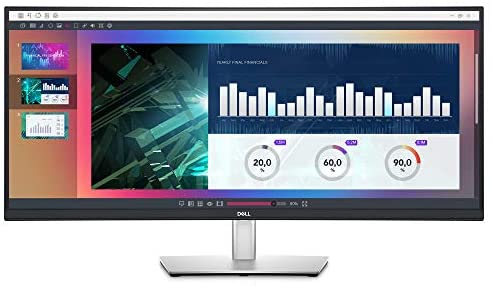After all, the Nasdaq fell 28.9 per cent from its peak last November to its low last week, an almost exact replica of its action two decades earlier when it tumbled 28 per cent between February and May.
Back in 2000, the Nasdaq then staged a powerful rally, which had it climb 23 per cent from May until the end of August, before it suffered a brutal and prolonged collapse in which it shed 73 per cent by September 2002.
Adding to investor anxiety is the fact that, just as in the prelude to the dot.com crash, the US Federal Reserve is now raising interest rates.
The Fed raised its key interest rate target from 4.75 per cent in mid-1999 to 6.5 per cent by August 2000.
Since March this year, the Fed has lifted interest rates by 75 basis points, and has signalled that it will continue to do so to the point where they begin to bring stubbornly high US inflation under control. As a result, investors expect the Fed to raise rates by a further 50 basis points in June and July.
Still, some astute analysts point out that the viciousness of the sell-off in some tech stocks can’t be explained by the relatively modest interest rate increases that the Fed has enacted to date.
Nor can it be explained by the decline in subscribers or users. After all, investors knew that when people returned to the workplace after pandemic restrictions ended, they simply wouldn’t have as much time to spend on social media, or on binge-watching television or trading shares, as they did during the lockdown.
Instead, they argue, the vicious drop in values clearly indicates that large parts of the market were in bubble territory.
The problem is, however, that the savage drop in valuations, particularly for tech stocks, combined with the rise in global uncertainty, has caused investors to shy away from the IPO [initial public offering] market.
And the virtual closure of the IPO market is causing investors to worry that we could see another feature of the dot-com bubble collapse – the collapse of promising start-ups that have been starved of the cash they need to keep operating.
Typically, start-ups are heavily dependent on regular infusions of capital from investors because they’re cash-flow negative as they build their businesses.
When certain milestones are met – such as developing their technology to a certain level, or hitting a certain target for revenue, or customer numbers – start-up companies seek to raise additional funding that will fund their operations until they reach the next milestone.
But this funding model depends on investors being prepared to keep doling out the cash they need for their development.
After the dotcom collapse, the virtual closure of the IPO marked led to the failure of many promising start-ups, which were deprived of the capital they needed to fund their loss-making operations.
Even those start-ups that were able to hit their pre-agreed milestones found that investors weren’t prepared to keep on funding them because they knew that the dearth of IPOs meant there was no longer a market exit.
As a result, many start-ups were forced to engage in massive layoffs and distressed sales, before eventually sliding into bankruptcy.
Some leading venture capital specialists warn that we’re now at risk of seeing this pattern repeated.
They point out that the entire venture capital ecosystem is crucially dependent on confidence. Investors participate in early funding rounds only if they believe the start-up company will be able to raise additional cash in later funding rounds, eventually leading to a sharemarket debut.
As soon as investors start to worry that start-ups may not be able to raise cash in later funding rounds, they pull back from supporting early-stage projects.
What’s more, even if existing venture capital investors continue to support start-ups in later funding rounds, they’re going to be much more cautious.
This is because even if they’re prepared to commit more cash to a start-up, they’ll be aware that some investors who supported the company in the early funding rounds would probably decide not to provide more funding – either because they’ve run out of cash or because they’ve got substantial funding commitments to other start-ups.
And that means even those venture capital investors that have been prudent in setting aside enough cash to invest in future funding rounds could find themselves under financial strain, as they’re called on to commit more capital to cover the shortfall caused by their co-investors dropping out of subsequent funding rounds.
What’s more, start-ups typically rely on a small cohort of financial backers in the early stages of development, but count on raising money from a wider group of investors when they’re able to demonstrate that their business concept is viable.
But as investors shy away from risk, it will be more difficult for even promising start-ups to attract the quantity of capital they need to continue operating. Inevitably, some will run out of money and will fail.
The casualty rate among listed companies is likely to be much lower because they will probably be able to continue to raise fresh capital, albeit by selling shares at a steep discount.
Instead, the companies most at risk of bankruptcies are start-ups, which are heavily reliant on private capital.
In this environment, it’s going to be much more difficult for companies at the early stages of development to find financial backers.
If the IPO market remains shuttered, venture capital funds themselves will find it more challenging to raise fresh money.
This means they are likely to focus efforts on continuing to back their existing stable of start-ups rather than other early-stage companies.


